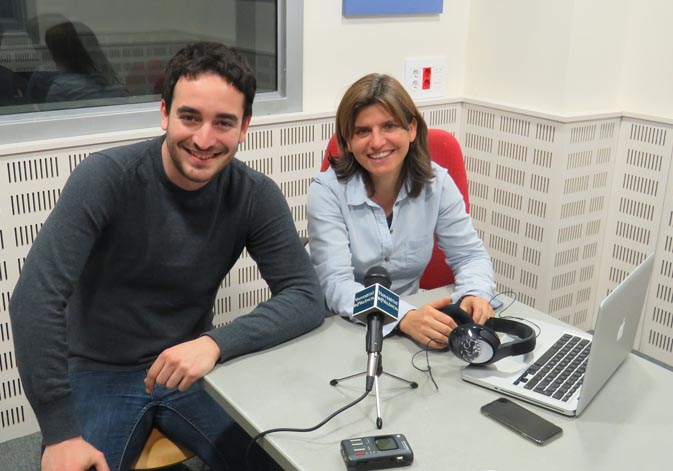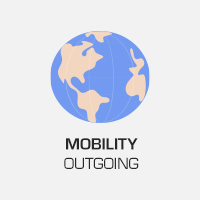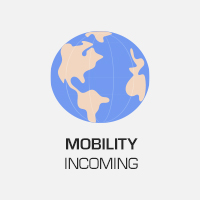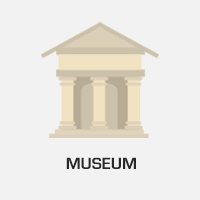
The journalist Remei Castelló and the professor Jorge Chenovart, of the Universitat de València, have analysed the function of the broadcaster in the context of transmedia model. It has integrated different types of media and journalist genres alternatives and specialized, through MediaUni platform. The Study, published in 'Revista Mediterránea de Comunicación’, also emphasizes the merging role of Ràdio Universitat (2011-2015) within the academic community and the training use for students of Journalism and Audiovisual Communication Degrees.
“Ràdio Universitat has published the full researcher potential and the transmission of knowledge generated in the academic institution. The society has been able to benefit from this information, that is realised with reliable sources and has a serious treatment”, pointed the research team.
The Ràdio Universitat development has been marked by the variety of topics and used formats, the diversity of employees and the dissemination of internet programmes. Its production has been oriented to occupy all possible cultural field. That has been feasible because of the creation liberty of new programmes, especially by the expert partner staff and the internship students. Moreover, it has been possible the development on production of this media. In this regard, the programme stability has been also contributed by the permanent staff. They have facilitated the consolidation of a college radio system, that has favoured the image of the institution.
The university broadcasters production has not been only intended to the university community, but it has also established as media of alternative expression to have social and civic transcendence. Ràdio Universitat disseminated its contents via streaming and podcasts on the Internet, allowing their contents to specialise in certain topics and to reach a specific audience - contrary to the general radio. Furthermore, the college radios have not extern publicity, “that allows freedom, otherwise we would have not, for instance, new formats experimentation,” claim Remei Castelló and Jorge Chenovart.
College radios, through formats and technology tools 2.0 and 3.0, have also combined radio and visual platform. In the Universitat de València, they have been integrated in the MediaUni platform. The dissemination through social network and radio contents and videos published in digital newspaper InfoUniversitat have also contributed to promote the platform visibility, and they had an effect in the ways of working. “Ràdio Universitat was probably the first in experimenting with an integrated radio newsroom”, said Castelló. He explains that the possibility of creating contents and to participate in the dynamic of production routines on a platform of this nature supposes an advance for the future media professionals.
Incorporation to Ràdio Universitat
In the Universitat de València, students can focus on the radio genre in the third year of studies taking Magacín informativo de radio, in Journalism, and Ideación y producción radiofónica, in Audiovisual Communication. Therefore, the existence of a college radio, concretely of the UV, allowed to gain experience in radio broadcasting, and to develop tasks in the professional environment of this genre, more than with the subjects of the communication degrees. As Chenovart explains, “is the first step to begin with a radio with quality information and with the participation of the expert staff of the Universitat de València.”
Article:
Chenovart-González, J. and Castelló-Belda, R. (2018). «Formación radiofónica universitaria en el modelo transmedia: el caso de Ràdio Universitat (2011-2015)». Revista Mediterránea de Comunicación/Mediterranean Journal of Communication, 9(1), 97-116. https://www.doi.org/10.14198/MEDCOM2018.9.1.6

.jpg)













